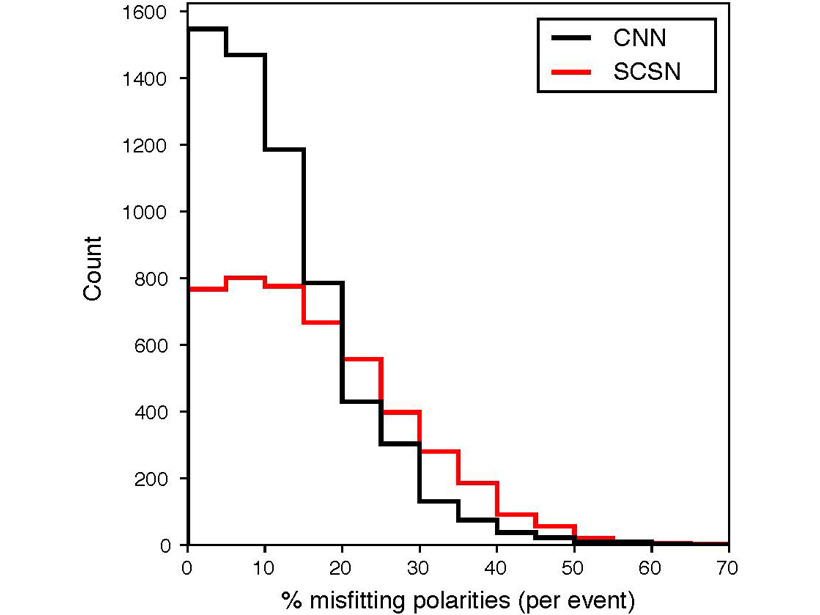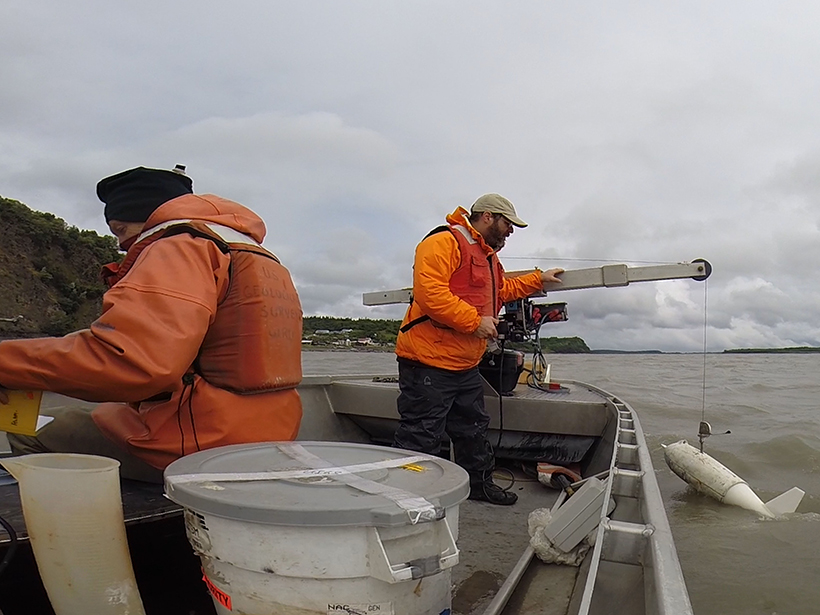Players dive off a research boat, identify and classify coral reefs using satellite and drone images, and bring marine life back to reefs. In doing so, they help scientists teach a machine to learn.
machine learning & AI
Removing the Drudgery from Earthquake Seismology
New methods of machine learning are bringing the phase arrival time and polarity picking used for automatic determination of earthquake fault planes to accuracies better than human analysists.
Space Weather in the Machine Learning Era
Space Weather: A Multi-disciplinary Approach; Leiden, Netherlands, 25–29 September 2017
Using Microbes to Predict the Flow of Arctic Rivers
Bacterial DNA provides a good estimate of river discharge.
Deep Learning: A Next-Generation Big-Data Approach for Hydrology
What can Artificial Intelligence offer hydrologic research? Could deep learning one day become part of hydrology itself?
Next-Generation Climate Models Could Learn, Improve on the Fly
Scientists propose development of new models that use machine learning techniques to reduce uncertainties in climate predictions.
A New Tool for Deep-Down Data Mining
GeoDeepDive combines library science, computer science, and geoscience to dive into repositories of published text, tables, and figures and return valuable information.
Three Steps to Successful Collaboration with Data Scientists
A step-by-step cartoon guide to efficient, effective collaboration between Earth scientists and data scientists.
Algorithm Discerns Where Tweets Came from to Track Disasters
New pilot system that analyzed more than 35 million flood-related Twitter posts to determine their geographic origin might help first responders locate and react more quickly to calamities.
Mapping Dengue Fever Hazard with Machine Learning
Researchers develop a predictive software system to identify city-specific, dengue fever risk areas amid a global increase in cases.










